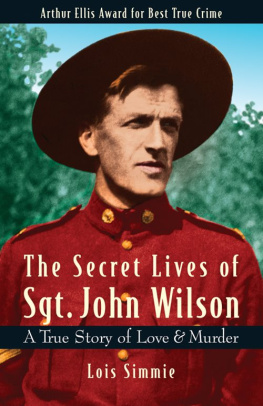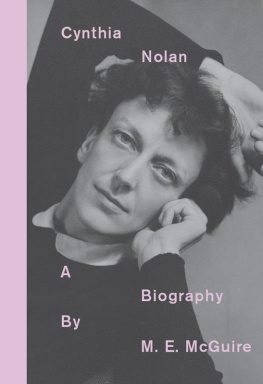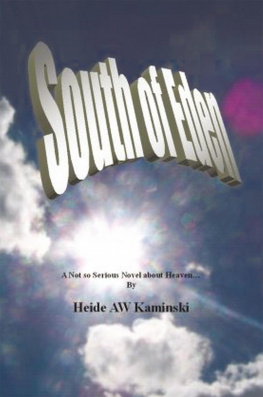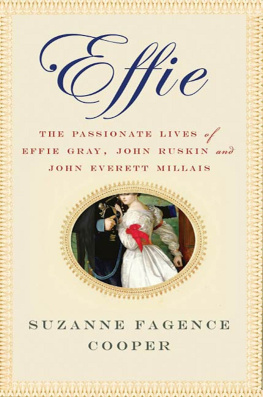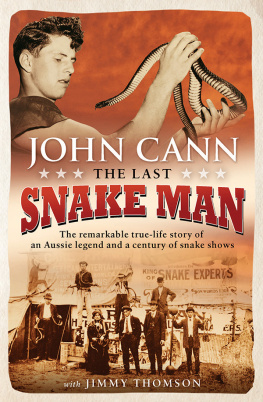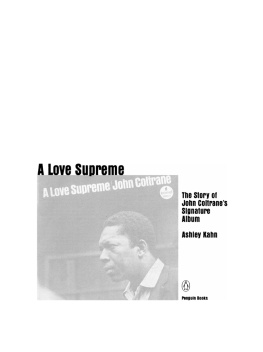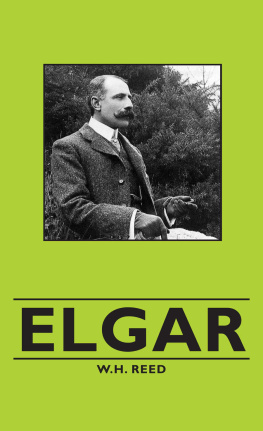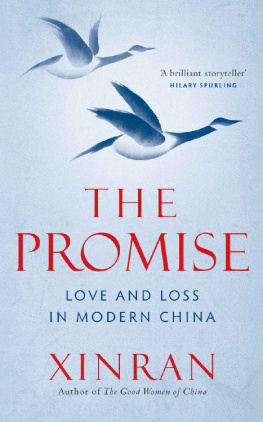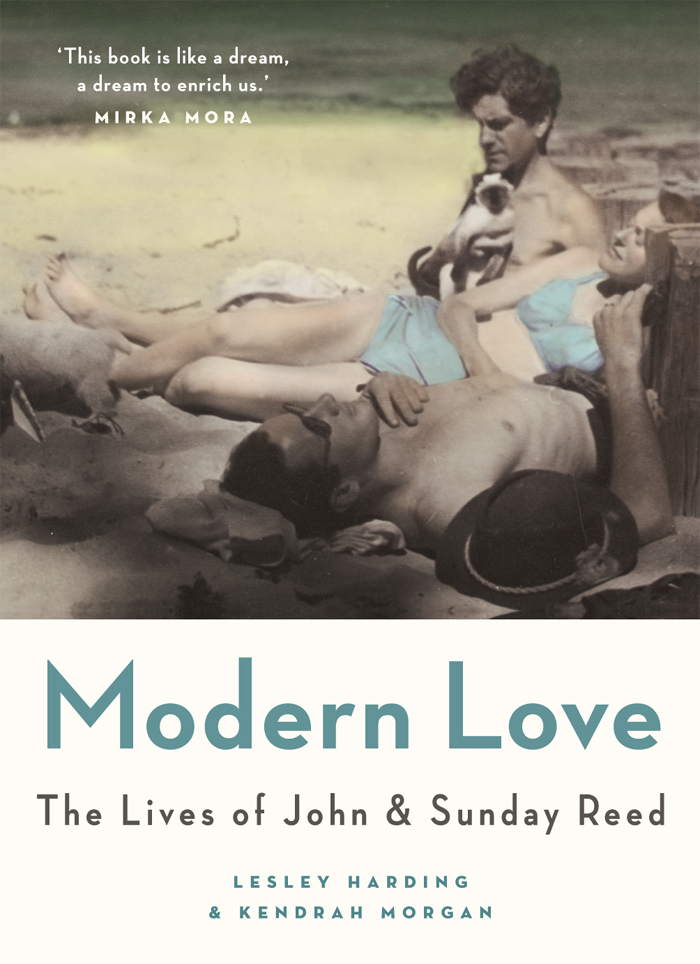This is number one hundred and sixty-five in the
second numbered series of the
Miegunyah Volumes
made possible by the
Miegunyah Fund
established by bequests
under the wills of
Sir Russell and Lady Grimwade.
Miegunyah was the home of
Mab and Russell Grimwade
from 1911 to 1955.
This book is like a dream, a dream to enrich us. It is an incredible book, incroyable. One cant find one like this anywhere in the world. All the personalities in the book are honoured to be recorded like this. Sunday and John were very courageous, they are the soul of Heide, they demanded honesty, they were the best teachers we could have had. It is a tour de force, they have come alive again.
MIRKA MORA
Modern Love is a rich and satisfyingly detailed account of the remarkable lives of John and Sunday Reed, the champions of Australian radical modernism, and of the extraordinary array of artists and writers who came to stay and work at Heidemost notably Sidney Nolan, Albert Tucker, Joy Hester, John Perceval, Max Harris. Here is one of Australias great stories: one of immense achievement and loss in equal measure.
RICHARD HAESE
Modern Love
The Lives of John & Sunday Reed
LESLEY HARDING
& KENDRAH MORGAN

THE MIEGUNYAH PRESS
An imprint of Melbourne University Publishing Limited
1115 Argyle Place South, Carlton, Victoria 3053, Australia
mup-info@unimelb.edu.au
www.mup.com.au
Published in association with
Heide Museum of Modern Art
7 Templestowe Road, Bulleen, Victoria 3105, Australia
www.heide.com.au
State Library Victoria
328 Swanston Street, Melbourne, Victoria 3000, Australia
www.slv.vic.gov.au
First published 2015
Text Lesley Harding, Kendrah Morgan and Heide Museum of Modern Art, 2015
Design and typography Melbourne University Publishing Limited, 2015
This book is copyright. Apart from any use permitted under the Copyright Act 1968 and subsequent amendments, no part may be reproduced, stored in a retrieval system or transmitted by any means or process whatsoever without the prior written permission of the publishers.
Every attempt has been made to locate the copyright holders for material quoted in this book. Any person or organisation that may have been overlooked or misattributed may contact the publisher.
Cover design by Jenny Grigg
Typeset in Bembo 11.5/15pt by Cannon Typesetting
Printed in Australia by McPhersons Printing Group
National Library of Australia Cataloguing-in-Publication entry
Harding, Lesley, author.
Modern love/Lesley Harding and Kendrah Morgan.
9780522862812 (paperback)
9780522862829 (ebook)
Reed, Sunday, 19051981.
Reed, John 19011981.
Heide Museum of Modern Art.
ArtCollectors and collectingAustraliaBiography.
Art patronsAustraliaBiography.
Art, Australian20th century.
Art, Modern20th century.
Heidelberg (Vic.)Social life and customs.
Morgan, Kendrah, author.
709.940904
Contents
Preface
W HEN JOHN AND Sunday Reed purchased their semi-rural property on the outskirts of Melbourne in 1934, they could hardly have imagined that eighty years later it would be the site of a renowned art museum and widely regarded as the birthplace of Australian modernism. The intricate way in which the Reeds lives unfolded has given rise to a beguiling mythologythe romanticised tale of Heide and its bohemian inhabitantsthat has long captured the imagination of the public and scholars alike. Catalysts and benefactors, the Reeds were unremitting in their belief in the artists and writers they supported, and they helped revolutionise art in this country. Yet their embrace of intense experiences did not make for an easy journey for many of those who shared it with them.
Though encouraged by our publisher, Sally Heath at Melbourne University Publishing, we were at first daunted by the task of writing this book, given the proliferation of literature and opinion surrounding the Reeds, their relationships with several famous artists and their cultural contributions. We set out to unravel some of the assumptions about life at Heide and have relied strongly on primary sources: interviewing John and Sundays associates, investigating unpublished manuscript material held in public and private collections and reading the vast amount of correspondence they left behind.
The process of constructing the narrative was akin to putting together an immense jigsaw, with the pieces scattered across Australia and as far away as the tiny village of Presteigne in Wales. In time the picture slowly revealed itself. Friends of the Reeds provided vital clues, taking us into their confidence and sharing personal information in the interests of the full story of Heide being told. In some instances we found that the truth was stranger than fiction, and decided to withhold some particularly sensitive material out of respect for those still living. We are mindful that for people who knew John and Sunday and their adopted son Sweeney, this account will bring to the surface memories both good and bad, but hope that it will, as it has for us, extend understanding of them as individualswith all their strengths and shortcomingsand as historical identities. We come away from this project with a new appreciation of John and Sundays determination and vision, and their extraordinary devotion to one another across five decades marked by love, loss, achievement, estrangement and heartbreak.
For the readers benefit throughout the book we have silently corrected spelling errors, missing words and errant punctuation when quoting from primary sources. In particular, the spelling of Heide has been standardised to that preferred by John and Sunday and the museum today.
Lesley Harding and Kendrah Morgan
10 August 2015
Prologue
S UNDAY BAILLIEU WAS worldly but damaged, and John Reed was just coming into his own when they met in 1930. Twenty-four and twenty-eight respectively, they were from the same privileged social echelon and shared a sense of rebellion against their expected paths. A solicitor with alternative views, John was strikingly handsome, with an aristocratic bearing and a calm disposition. Sunday, recently separated from a miscreant first husband, felt a little vulnerable in his presence and was yet to display her more capricious temperament. Physically she was slim and fair, possessing an uncommon beauty and an undeniable allure. They were reserved and slightly hesitant with each other in the early days of their courtship, although each recognised a kindred spirit, someone with a similar appetite for new experiences who sought a deeper fulfilment than life had offered thus far. Displaying the disregard for social proprieties that would go on to characterise their partnership, they would live together within the year.
While John recalled that it was not a dramatic meeting and Sunday did not change my life Indeed, Sundays impact was perhaps more decisive than John was willing to admit. Neither of them had come to this point in their lives via an easy journey.
Sunday was, John acknowledged, well-versed in modern literature when he encountered her. However, her direct contact with artnotwithstanding DH Lawrences notorious exhibition of erotic drawings, which she had seen in London in 1929had hitherto been limited to the classics and the conventional: the paintings of feted artist and family friend Arthur Streeton, her portrait sitting with Agnes Goodsir in Paris, and the European Old Masters, though she had also made the pilgrimage to Monets Giverny. This pushpull dynamic of their interaction was at the very heart of the relationship, becoming the impetus behind the contributions that John and Sunday would eventually make to Australian culture and history. Each was extended and elevated as a result of their connection, the whole greater than the sum of the parts.


